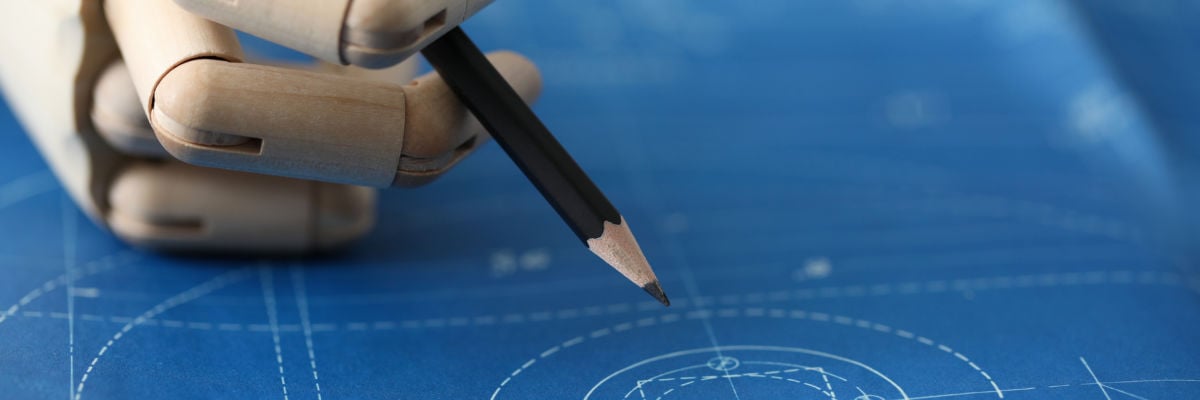
Most of us by now are becoming intrigued with artificial intelligence (AI). Tasks once done only by human hands are now being accomplished by computer systems, which are replacing human intelligence, visual perception, speech, and decision-making.
Humankind also has an image of a crucified man on a linen cloth, known as the Shroud of Turin. This Shroud, showing the image of Jesus, has for over 1,500 years been considered “not made by human hands”—and now, today, we have non-human hands re-creating what Jesus looked like from that same image.
To date, images of Jesus made by artists are still being found. Spanish researchers in 2014 found an underground structure within a series of buried tombs from the sixth century in Egypt after removing forty-five tons of rock over twenty years. When they reached the walls of the structure, they found a painting on the wall. The team of Catalan archaeologists believe that their discovery is one of the earliest depictions of Jesus the Christ. The image was made by the earliest Coptic Christians in Egypt. The lead researcher, Josep Padró, described the painting: “The figure is of a young man, with curly hair, dressed in a short tunic and with his hand raised as if giving a blessing.”
Around ten years ago, artists such as Ray Downing created illustrations depicting Jesus’ face from the Shroud of Turin. Now AI software has joined these human hands. Due to the features presented by the image on the Shroud, AI is able to create detailed portraits.
Unlike any other image made by humankind, the image on the Shroud is not a positive one. All paintings, drawings, and printed photographs present us with an image that is positive and two-dimensional. The image on the Shroud of Turin, by contrast is a negative, like a photo negative, produced when light exposes the silver halides on photographic film. No human-made artwork can do that.
Additionally, Jesus’ image on the Shroud gives us three-dimensional data. The reason for this is the distance between the cloth and the body, leaving shadows of depth when the image was created. This statistically impossible event is seen when the Shroud’s image is observed with a VP-8 scanner. Again, no image made by humankind can do this in a VP-8 scanner. Only two-dimensional data are seen.
As a result of the three-dimensional data from the Shroud of Turin’s image, AI software has all the information needed to create an excellent rendering via the more accurate digital mapping of Christ’s features. The computer then takes this excellent rendering and adds color, which is a drastic contrast to the black-and-white image we have all seen. Another powerful feature from the AI images of Jesus’ face is that his eyes are open.
What should we make of this new image, and the flood of others doubtless to come? Since AI is becoming a popular discussion, perhaps having these AI images of our Lord is a good thing. They are making the rounds on social media, and that translates into more young people talking about Jesus. However, some people have voiced disapproval of artificial intelligence and toward these generated images of Jesus. Even some scientists, graphic artists, and photographers have stated that the latest AI images of Jesus lack cultural details. Well, if these details are not programmed into the software by human hands, then they will not appear in the final product. One example is the eyes generated by AI. Blue eyes stand a pretty low chance of being a feature of Jesus, who was from the Holy Land. Well styled hair isn’t believable, either.
These are some of the attributes of current AI images that give some people reason for dismay. However, we must note that all human art renditions previously made also have an artist’s interpretation.
The fact that AI has offered humankind another way to see Jesus’ face may be viewed as a positive outcome if it helps to create more conversations around the world about the Son of God. As for the Shroud, we are left with not one claim standing to doubt its authenticity. And so what remains is Jesus’ message. And it was not made by human hands . . . or by AI.



